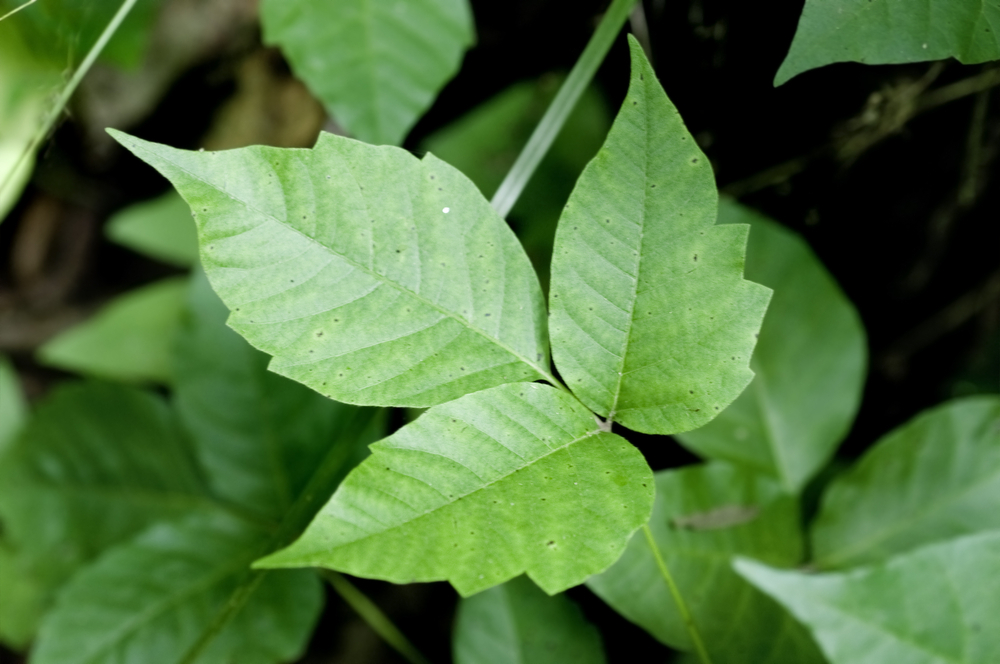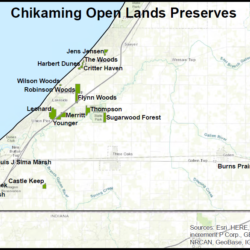
Super-charged poison ivy?
Posted on August 12, 2021
Poison ivy is high on the list of things that bum us out in the summertime. And now, scientists say that climate change may be making it even more miserable.
It’s the oil called urushiol in poison ivy’s leaves that we react to—when it comes into contact with the skin, it causes an itchy, painful rash. If you can get the area washed off (preferably with dish soap to cut the oil) within about 30 minutes of exposure, you can usually be ok. But if not, look out. You’re gonna be pretty uncomfortable for the next two to three weeks.
And now thanks to climate change, it might be getting even more potent. Why? Poison ivy thrives on increased carbon dioxide in the environment, growing up to twice as large. Carbon dioxide helps the plant with photo synthesis and water usage. Scientists say it also prompts it to produce more urushiol, which will make it more potent.
Poison ivy also likes the warmer soil we are seeing as temperatures rise. In one experiment conducted at Harvard, an increase of 9°F in soil temperature resulted in poison ivy growing 149 percent faster! In the same conditions, other plants grow only about 10-20 percent faster.
This faster-growing, more potent poison ivy isn’t great for forests either. While it is native to most woodlands, if it spreads too quickly it can outcompete native plants and trees, potentially causing a forest-management concern.
So be careful out there! Learn how to identify poison ivy, wear closed shoes and long pants while hiking, and do your part to combat climate change! We are pretty sure we don’t need our poison ivy to be any more irritating.




















